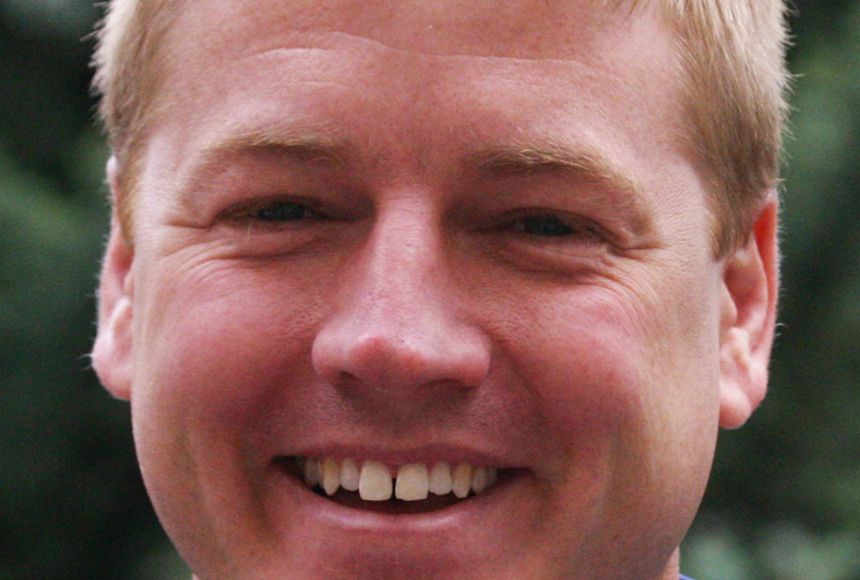Having a father who taught geology and astronomy, Phil was introduced to science at a young age. Phil’s father encouraged his interest in astronomy. “He had a telescope that we would take out in the backyard and look at the stars with,” says Phil, who grew up in Colorado, first in Franktown, then in Greeley. “He would show me constellations and tell me stories about constellations and planets and the moons. Him being a science PhD and a teacher, he knew how to probe questions and teach me to think, as well as just to answer all the questions that I had.”
While attending Center Grove High School in Greenwood, Indiana, Phil took his first astronomy class. “In a more formal manner, it pushed me and made me want to go towards astronomy and space,” he says.
Phil later earned a degree in physics from Hanover College in Hanover, Indiana, followed by his master’s and doctorate in aerospace engineering sciences from the University of Colorado at Boulder.
MOST EXCITING PART OF YOUR WORK
“The fact that I’m building stuff that goes into space,” he says. “And I’m looking at data that no one has ever seen before.”
MOST DEMANDING PART OF YOUR WORK
“It’s fairly stressful,” Phil says. “Being an experimental scientist and building things, one little thing goes wrong, and your whole project doesn’t work.”
HOW DO YOU DEFINE GEOGRAPHY?
“Geography is how people and cultures adapt and use geology. It’s the way humans and their culture evolves based on the land.”
GEO-CONNECTION
According to Phil, one of the primary goals of the Solar Dynamics Observatory (SDO) is to learn more about space weather, a solar phenomenon that disrupts geographic tools such as global positioning systems (GPS) and satellites. “If a solar flare goes off, it actually affects the accuracy of GPS,” he says. “It could actually render GPS useless if a large solar flare goes off because of the interference of the radio waves. The radio output from the sun could cause GPS to be useless.”
Phil says NASA scientists use GPS technology. When sending up sounding rockets, which don’t go into orbit, scientists use GPS receivers so they can find the rockets later.
However, Phil and his fellow scientists at Goddard Space Flight Center do not employ GPS to track their satellite. That’s because SDO is in a geosynchronous orbit, which matches the speed of the Earth’s rotation. That means the satellite appears in the same spot in the sky at the same time each day.
SO, YOU WANT TO BE AN . . . ASTROPHYSICIST
Phil recommends taking classes in everything from computer programming to finance, in addition to loads of science courses. “The more science you can take in general, the better,” he says.
Phil also suggests joining a school robotics club or rocket club.
GET INVOLVED
Phil says the Goddard Space Flight Center, in Greenbelt, Maryland, has education and public outreach programs, including Family Science Night. “One night a month, families come in, and they do a science project,” he says. “And they hear from a scientist.”
Phil also encourages people to become a Facebook friend of the Solar Dynamics Observatory. “Just by following this Facebook account,” he says, “you are just bombarded with all sorts of cool tidbits of science.”
